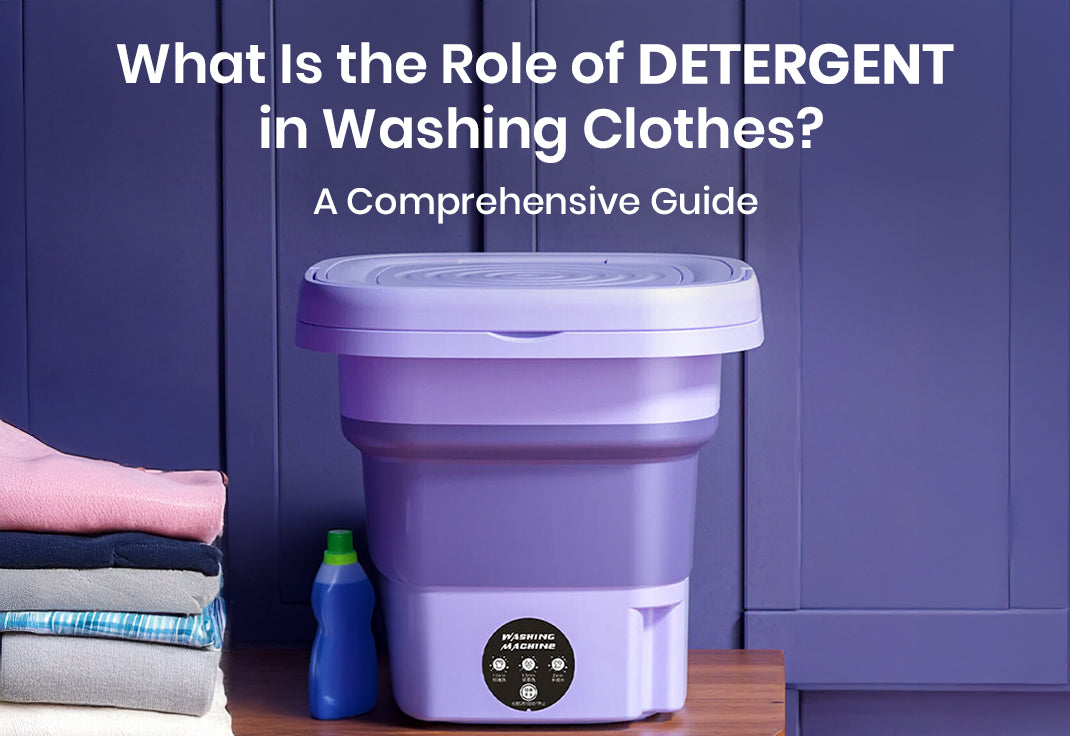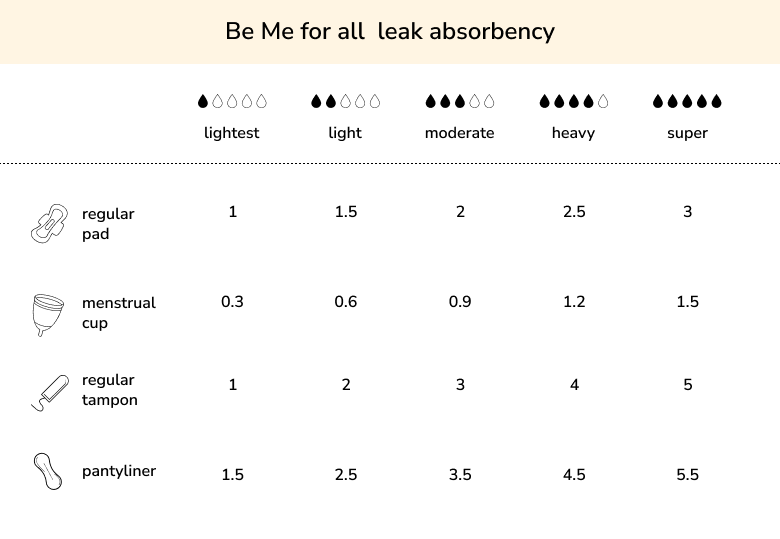
What Is the Role of Detergent in Washing Clothes? A Comprehensive Guide
Published At
Laundry day is a universal experience: from small households to busy families, washing clothes efficiently is an important part of modern living. In this quest for cleanliness, detergent has taken centre stage. While many people view detergent simply as “soap for clothes,” its role is far more significant. In this blog, we’ll explore the role of detergent in washing clothes, understand how it works, and discover tips for optimising each wash.
1. The Evolution of Laundry and Detergent
For centuries, people have experimented with methods to clean fabrics—from pounding clothes on rocks to mixing homemade lye-based solutions. As fabrics became more diverse and lifestyles busier, the science behind washing also advanced. Eventually, scientists developed modern detergents that could tackle tough stains and grime more effectively than basic soaps.
Key Takeaway
- Detergent isn’t just a replacement for soap; it’s a scientifically formulated product designed to break down oil, dirt, and bacteria in fabrics.
- Over time, detergent formulas have evolved to be more fabric-friendly, offering specific benefits for various wash cycles and machine types.
Why Detergent Matters: The Science Behind Cleaning

When we talk about the role of detergent in washing clothes, we’re referring to how the product chemically interacts with dirt particles and fabric fibres. Detergents contain molecules called “surfactants” (surface-active agents). Here’s how they work:
1. Surfactants
Surfactant molecules have two ends: one that is attracted to water (hydrophilic) and another that is attracted to oil or grease (hydrophobic).
In a washing cycle, these molecules attach to dirt and grease, loosening them from fabric fibres so they can be rinsed away with water.
2. Emulsification
Stains often include oily or greasy substances. Detergent emulsifies these substances—meaning it breaks them into smaller droplets.
This ensures that dirt can float freely in water rather than remain lodged in fabrics.
3. pH Balance
Some detergents are formulated with pH adjusters that help remove certain stains more effectively.
The correct pH can also protect delicate fabrics from damage and preserve colour vibrancy.
By leveraging these chemical reactions, detergent plays a crucial role in removing everything from light dust to stubborn, set-in stains.
3. Choosing the Right Detergent for Your Laundry Needs
Not all detergents are created equal—some excel at brightening white garments, while others are tailored for delicate fabrics:
1. Powder Detergent
Often cost-effective and excellent for general loads.
Typically contains oxygen-based bleaching agents that can help whiten clothes.
May need warm or hot water to dissolve fully.
2. Liquid Detergent
Dissolves more easily in cold or lukewarm water.
Great for spot-treating stains before the main wash.
Usually more versatile and dissolves with minimal residue.
3. High-Efficiency (HE) Detergent
Formulated for modern, water-saving machines.
Produces fewer suds but cleans effectively.
Important for front-load washing machines that use less water.
4. Delicate or Specialty Detergent
Designed for gentle cycles, baby clothes, and lingerie.
Usually milder, free from harsh chemicals, and suitable for fabrics like silk or wool.
Tip: Always read your clothing labels to determine the ideal detergent. Washing delicate fabrics with a standard detergent might weaken fibres or cause fading over time.
4. How Much Detergent Should You Use?

Many people assume that more detergent yields a cleaner result, but that’s often not the case. Here’s why:
1. Excessive Suds
Overdosing can create too many suds, which may trap dirt within bubbles and redeposit them onto clothes.
Too many suds can also strain a washing machine’s motor or clog filters, leading to mechanical issues.
2. Residue on Clothes
Detergent residue can irritate the skin, leave garments feeling stiff, or cause discolouration in darker fabrics.
3. Environmental Impact
Using more detergent than necessary wastes resources and can lead to higher levels of phosphate and other chemicals in wastewater.
Rule of Thumb:
Follow the instructions on the detergent package and adjust slightly for heavily soiled clothes or smaller loads. When in doubt, start with the recommended amount for a standard load and only increase if clothes still appear dirty.
5. Harnessing the Power of Detergent with Different Wash Cycles
Most modern washing machines, whether standard-sized or more compact, offer multiple wash cycles:
1. Normal/Regular Cycle
Best for everyday cottons, linens, and mixed fabric loads.
Surfactants in detergent remove common dirt efficiently under moderate agitation
2. Delicate Cycle
Lower agitation to protect items like lingerie, silk, or lace.
Pairing a delicate or mild detergent with this cycle preserves fabric fibres.
3. Heavy-Duty or Stain Removal Cycle
Stronger agitation or longer soak times, combined with a powerful detergent or stain pre-treatment, remove deep-set stains.
4. Quick Wash Cycle
Shorter wash duration for lightly soiled clothes.
Works well with regular or multi-purpose liquid detergents.
By selecting the correct cycle and complementary detergent, you optimize cleaning results while safeguarding your fabrics from damage.
6. Environmental Considerations
While detergent is essential, it’s important to be mindful of its environmental footprint:
1. Phosphates and Surfactants
Older or cheaper detergents may contain phosphates that can lead to water pollution.
Look for eco-friendly labels indicating biodegradable surfactants and plant-based ingredients.
2. Packaging
Large plastic jugs and non-recyclable containers contribute to landfills
Opting for concentrated detergents or brands that use recyclable packaging helps reduce waste.
3. Water Temperature
Using cold water cycles cuts energy costs and lowers carbon emissions.
Liquid detergents, especially those labelled “cold water,” dissolve quickly even in cold temperatures.
Making thoughtful choices about your detergent ensures you can clean your clothes effectively without harming the planet.
The Chemistry of Stain Removal

Different stains require varied approaches. For instance:
Greasy Stains (e.g., cooking oil, butter)
Surfactants latch onto oil molecules, releasing them from fabric threads.
Pre-treating with liquid detergent before washing can yield better results.
Protein-Based Stains (e.g., blood, sweat)
Enzyme-based detergents are particularly effective here.
Rinsing clothes in cool water first prevents proteins from setting in.
Tannin Stains (e.g., coffee, tea, wine)
Detergents with bleach alternatives help break down the complex molecules in tannin.
Quick treatment is key to preventing permanent discolouration.
Identifying stain types and using suitable detergents or additives ensures a more thorough wash.
8. Common Mistakes in Using Detergent
1. Neglecting the Measuring Cup
Eye-balling detergent usage can lead to residue build-up or mediocre cleaning.
Always use the scoop or measuring cup provided.
2. Not Sorting Clothes
Mixing heavily soiled garments with lightly soiled ones can cause partial re-deposition of dirt.
Stain removal is most effective when items of similar dirt levels are washed together.
3. Using Fabric Softeners Excessively
Overusing fabric softeners may coat fibres, decreasing the efficacy of detergent in subsequent washes.
If you must use softener, do so sparingly to keep garments breathable.
4. Ignoring Machine Instructions
Each washer model has recommended detergent types and amounts—especially important for newer, high-efficiency machines.
Always check your washing machine’s manual for guidance.
9. Portable Washing Machine Spotlight: Be Me’s Portable Laundry Solution
Modern living often means smaller apartments, dorms, or the need for travel-friendly appliances. While detergents remain a central focus for clean clothes, a portable washing machine like the can elevate your laundry routine:
- Foldable and Compact
- Gentle Cycles
- Energy-Efficient
Such compact solutions like Portable Washing Machine demonstrate how the fundamentals of detergent use remain pivotal, regardless of the washing apparatus.
10. Tips for Maximizing Detergent Effectiveness
1. Pre-Soak When Needed
Tough stains benefit from pre-soaking in a small basin with diluted detergent. This loosens dirt before the wash cycle.
2. Adjust Water Hardness
Hard water can impede detergent performance by forming soap scum.
Consider adding water-softening products or using a specialized detergent if you live in a hard-water area.
3. Wash at Recommended Temperature
Some fabrics handle warm water better, while others require cold to avoid shrinkage.
Aligning temperature with detergent instructions ensures optimal cleaning and care for fabrics.
4. Clean Your Machine
Regularly running an empty cycle with hot water and a small amount of detergent or baking soda prevents residue build-up inside the washing tub.
A clean machine boosts detergent efficacy and keeps clothes smelling fresh.
11. Staying Safe with Detergents
While detergents are invaluable, safety should remain a top priority:
Keep Out of Reach of Children and Pets
Detergent pods or brightly coloured liquids can appear tempting to kids or pets.
Store detergents in a secure, high-up location.
Read Labels Thoroughly
Check for any warnings or allergen-related advice.
If you have sensitive skin, look for hypoallergenic detergent labels to minimize irritations.
Dispose Responsibly
Rinse empty detergent bottles before recycling them.
Never pour large quantities of detergent directly down the drain as it can pollute local waterways.
By following these guidelines, you ensure a healthier home environment and a cleaner planet.
12. Concluding Thoughts
Understanding the role of detergent in washing clothes unlocks a more efficient, sustainable, and satisfying laundry routine. From the chemistry of surfactants to the importance of selecting the right product and measuring it accurately, detergents do much of the heavy lifting for us. Whether you’re dealing with a family-sized hamper or a quick load in a portable washing machine, the detergent’s function remains the same: break down stains, lift away dirt, and refresh fabrics.
By combining smart laundry habits—like sorting clothes, pre-soaking, and regularly cleaning your washer—with well-chosen detergents, you can extend the life of your garments and maintain their vibrancy. Even innovations such as the Be Me Mini Washing Machine rely on the fundamental power of detergent to deliver fresh, clean clothes whenever you need them.
So, the next time you’re doing laundry, remember the chemistry and care behind every scoop or cupful of detergent. From keeping baby clothes soft to removing tough stains from your favourite shirt, detergent is the unspoken hero of any successful laundry day.









